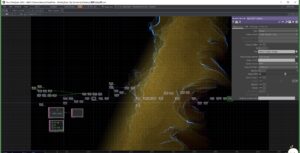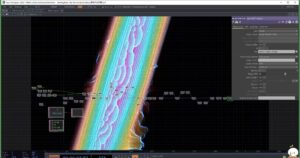I was responsible for the production portion of the final video, on-site documentation, as well as the interviews with the experiencers and the overall video wrap-up.

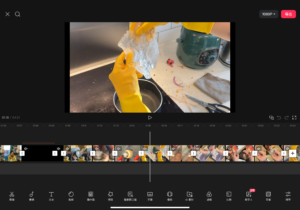


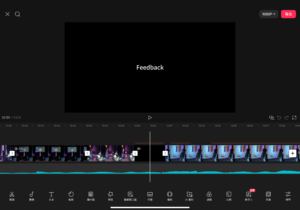
I was responsible for the production portion of the final video, on-site documentation, as well as the interviews with the experiencers and the overall video wrap-up.





In order to reflect and support key concepts such as breath regulation, meditation, and focused attention, I recorded a series of sound samples intended for use as background music. These recordings feature instruments commonly associated with sound healing practices, including improvised performances on singing bowls, handpans, and bells.
These instruments were chosen for their sonorous qualities—specifically, their ability to produce stable frequency ranges and harmonically rich tones. The sustained, resonant sounds they generate are known to induce states of relaxation and mental clarity, making them particularly suitable for meditative environments. By incorporating these textures into the soundscape, the composition creates an auditory space that gently guides the listener toward a calmer physiological state, facilitating deeper engagement with their own breathing cycle.
This approach not only enhances the aesthetic quality of the background music but also serves a functional purpose: it reinforces the psychological and physiological benefits associated with mindful breathing. In this way, sound becomes an active agent in supporting the immersive and introspective experience intended for the listener.

Dates of Development | April 18-20th, 2025
Sound Design Director | Max MSP: Ashley Loera
Software:
Hardware:
During the Installation, we were given feedback regarding improvements to the interactive, sound design and visual aspects of our installation. The following have been acknowledged in the final Sound Design MaxMSP prototype:
Below is the final prototype of the Sound Design Max Patch showing the improvements.
Sounds, Daily. “ Inhale and Exhale Breathing Sound Effect *Copyright FREE*.” YouTube, YouTube, 2 Feb. 2021, www.youtube.com/watch?v=KRTmeWf89lM.
During our official exhibition, I took on the role of documenting the event through photography and videography. My goal was to preserve the atmosphere, interactions, and intricate details of our breathing installation while highlighting the audience’s immersive experience.
Here’s a glimpse into the day through my lens.


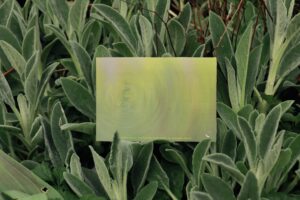


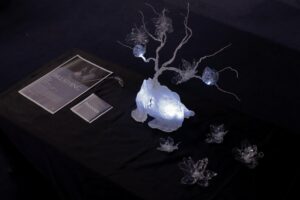


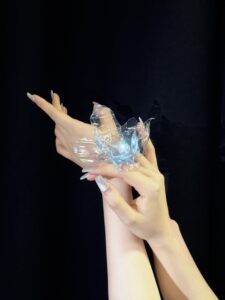
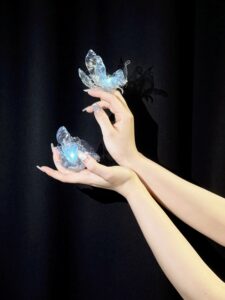

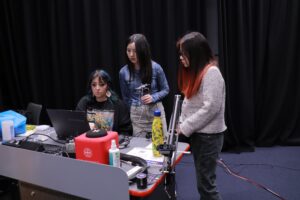



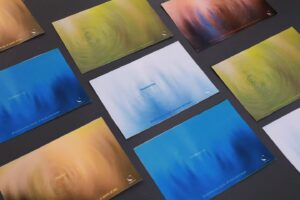



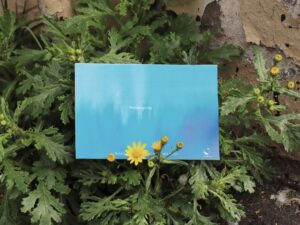
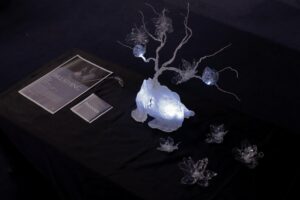

Date:04/04/2025
Photoshoot: Yixuan Zhang
Graphic Design: Can Huang
Scene Setup & Filming
I invited my friends Ally, Julie, and others to participate in a test and give feedback on the experience. During the session, I also filmed the process and conducted brief interviews to collect their opinions and impressions.
One major takeaway from the feedback was the lack of olfactory (smell) experience, which many felt could enhance the overall immersion and emotional connection of the scene.
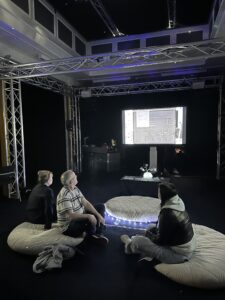
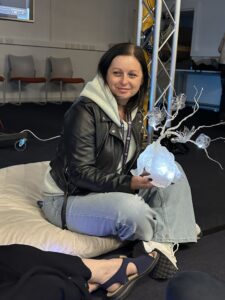
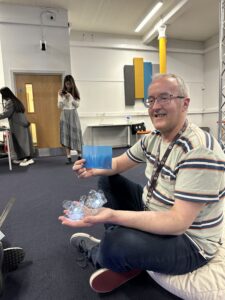
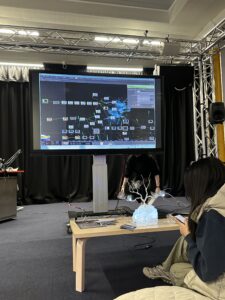
This semester’s course is centred around group work, and I am very happy to be able to work with people from different professional backgrounds to produce a large project. During my undergraduate studies, I have always wished to work with students from different disciplines, as I am fully aware of my own limitations in my thinking and abilities, and I am unable to take on the responsibility of producing a large-scale and comprehensive project. Therefore, I am glad that I have been able to choose the course of my choice this semester.
In the course of collaboration, I found that we all have very good ideas and opinions, but a good project requires everyone to work together to do something, and our team leader Xinyi has done just that, leading us to work towards a common goal all the time. Throughout the whole process, Ashely and Ruolin have been in charge of the sound design, while yixuan and hefan have been contributing in the visual design. Ashely and Ruolin were responsible for the sound design, yixuan and hefan contributed to the visual design, and Li and I were in charge of the interaction design to help connect the software we were using and share data sources.
In this atmosphere of encouraging each other to grow together, I learnt a lot of knowledge and details that I had never paid attention to before. For example, when writing the proposal, we could easily mess up because of the different formatting requirements for different specialisations, but under the leadership of the team leader, xinyi, each of us pushed forward closely in our own part, and we discussed the final draft of the proposal and uploaded it, which was a great deal of work in such a short time. remarkable amount of work in such a short period of time.
This collaborative experience made me deeply realise that true innovation often comes from the collision and fusion of different ideas. What each member brings is not only professional knowledge, but also a unique way of thinking and problem-solving perspectives. For example, I learnt how to express interaction logic in a more intuitive way in the communication with visual design students; in the discussion with sound design students, I understood how sound elements affect user experience. These cross-disciplinary exchanges greatly expanded my cognitive boundaries.
However, frankly speaking, the process was not a smooth one. Due to the differences in our professional backgrounds, we often encountered barriers in communication and understanding. Sometimes, I would focus too much on the technical implementation and neglect the aesthetics of the design; at other times, other students might pursue the visual effect and neglect the technical feasibility. These frictions made me realise the importance of empathy and thinking differently in interdisciplinary collaboration. We need to learn to express our ideas in a language that the other person can understand, and at the same time keep an open mind to accept different points of view.
Special thanks to team leader Xinyi for her tolerance and guidance. Not only is she able to co-ordinate the whole picture, she is also keenly aware of the strengths and needs of each member. In many cases, I think creating jobs, allocating tasks wisely, coordinating time, and controlling the whole picture are far more difficult than simply completing tasks. In this process, I will also pass on the problems I faced in previous group assignments and useful experiences to her without reservation. I hope that under her coordination, each member of our group can organically combine their individual strengths with the team’s goals and show their own style in the project.
This experience also exposed some of my shortcomings. Firstly, in terms of time management, I sometimes get too immersed in technical details, resulting in a disconnect with the progress of other group members. Secondly, my learning efficiency could be improved when facing new tools and methods. These shortcomings remind me that I need to pay more attention to overall planning and learning ability in my future study and work.
Looking ahead, I hope to continue to participate in such interdisciplinary collaborations. I plan to consciously expand my knowledge in my next studies, especially to strengthen my understanding of design thinking and user experience. At the same time, I will also pay more attention to developing my communication skills and learn to explain technical concepts in a more understandable way.
This group work is not only a project practice, but also a precious growth experience. It taught me how to find my own position in a diversified team, how to seek consensus in the collision of different points of view, how to maximise the benefit of the whole group’s results, how to choose the optimal solution, and how to use the best expression, etc. These gains will accompany me in my future study. These gains will accompany me in my future study and career, and become the driving force for my continuous progress. I am convinced that in this increasingly interconnected world, the ability to collaborate across disciplines will become one of our most valuable assets.
To align with the conceptual and visual representation of the 5-5 breathing pattern, I re-edited and re-arranged certain percussive elements in the meditation music. At the beginning of the piece, I selected bell sounds and their playback as auditory cues to guide the audience’s breathing rhythm—five seconds of inhalation followed by five seconds of exhalation. These bell sounds were precisely edited into 5-second cycles, creating a consistent temporal structure that reinforces the meditative atmosphere and synchronizes effectively with the visual rhythm.
Based on responses gathered through audience interviews, “ocean waves” emerged as one of the most frequently mentioned associative keywords. Responding to this finding, I gradually introduced sand shaker sounds—chosen for their resemblance to the sound of waves—after the listener’s breathing had stabilized. These too were edited into 5-second loops, maintaining the established breathing rhythm while enriching the auditory texture with a natural, flowing quality. This transition from bells to sand shakers provided both variation and a deeper connection to imagery associated with calmness and nature.
This rhythmic editing strategy not only resolved the issue of mismatched audio-visual timing but also supported the immersive quality of the experience. By structuring sound in accordance with a fixed breathing tempo, the composition facilitates a meditative state rooted in repetition, stability, and fluidity, thereby enhancing the listener’s ability to enter a focused and relaxed mental state.
Dates of Development | March 10th, 2025
Sound Design Director | Max MSP: Ashley Loera
Software:
Hardware:
Accomplished the following goals:
” Max/MSP: Using Peakamp~ to Control Frequency of an Oscillator.”
Youtube Video: www.youtube.com/watch?v=tPP2VpRiwqU
Youtube Video: https://www.youtube.com/watch?v=oUi9UYW8cKY&t=20s
Feedback:
Youtube Video: https://www.youtube.com/watch?v=SJiOXhbF810
Bolaños, Gabriel. “Max/MSP: Using Peakamp~ to Control Frequency of an Oscillator.” YouTube, YouTube, 19 Jan. 2022, www.youtube.com/watch?v=tPP2VpRiwqU.
Max, Learning. “Max/MSP – Microphone_Analysis.” YouTube, YouTube, 28 Aug. 2018, www.youtube.com/watch?v=oUi9UYW8cKY&t=20s.
Hawthorne, Michael. “Implementing Schroeder Reverb in Max/MSP.” Youtube, Youtube, 13, June, 2018, https://www.youtube.com/watch?v=SJiOXhbF810,
